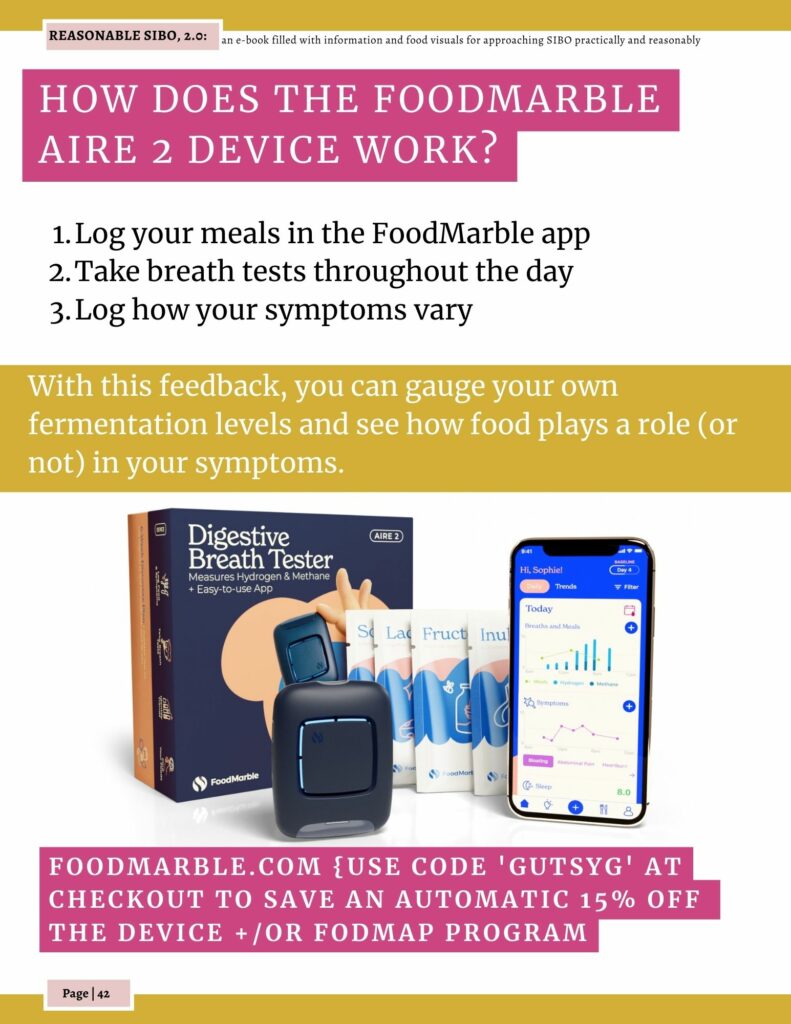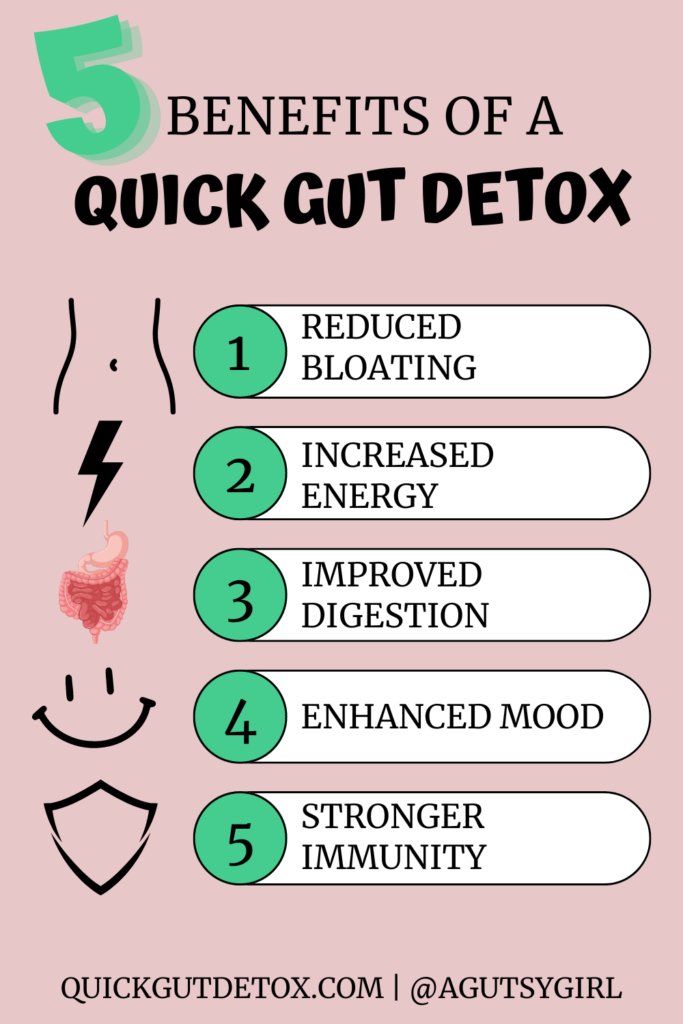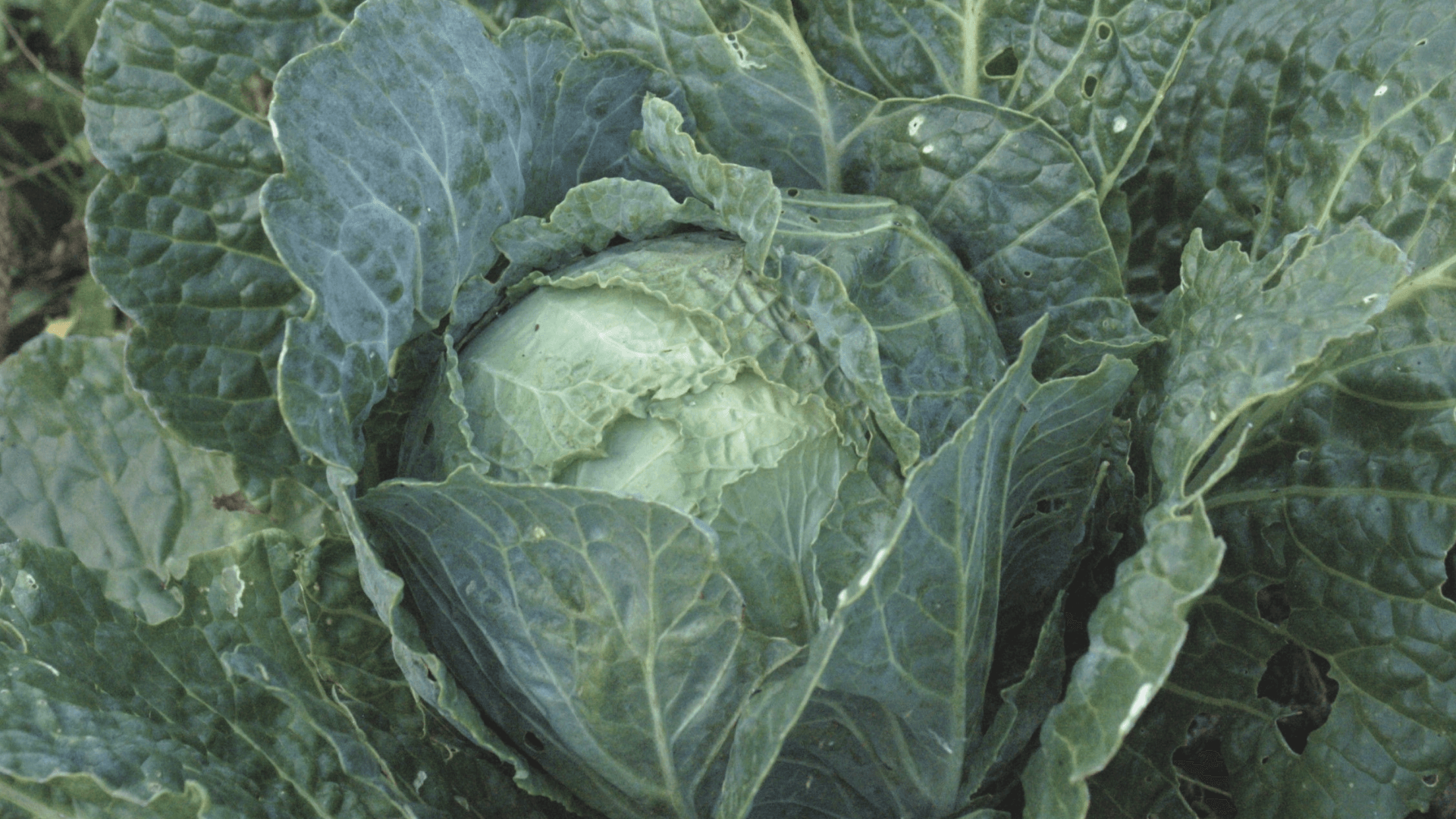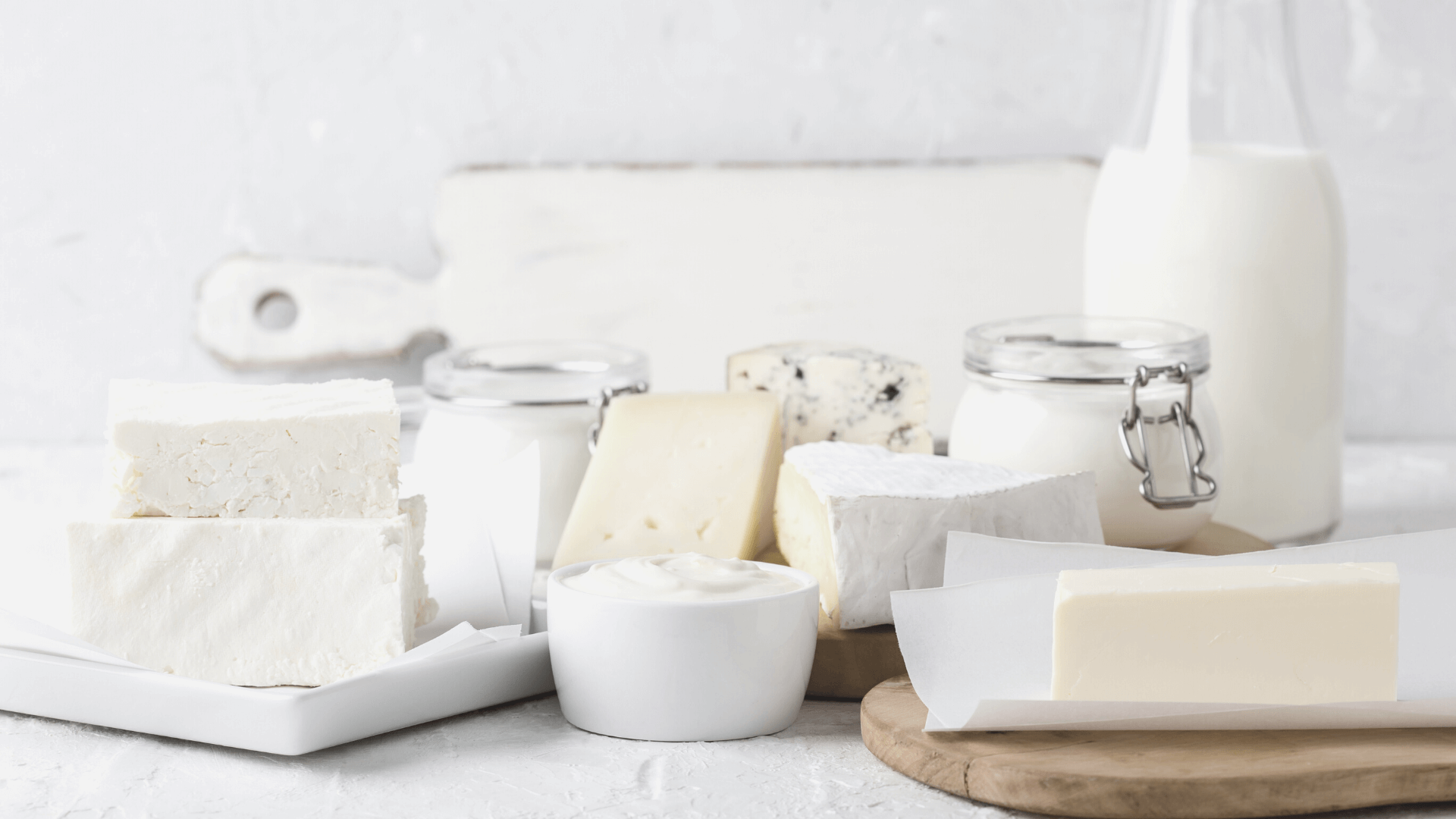Is acai low FODMAP + how can you make a low FODMAP acai bowl?
What is the Low FODMAP Diet?
I know a ton about the low FODMAP diet, as I followed it for years. AND, along with many other things, used it to HEAL my SIBO.
The low FODMAP diet is commonly used in the treatment of SIBO (small intestinal bacterial overgrowth).
FODMAP is an acronym for; Fermentable Oligosaccharides, Disaccharides, Monosaccharides and Polyols.
These are short-chain carbohydrates which are fermentable, and sugar alcohols that are poorly absorbed by the body.
I have written on most of these before, so if you click on each one, you’ll be taken to more information on them.
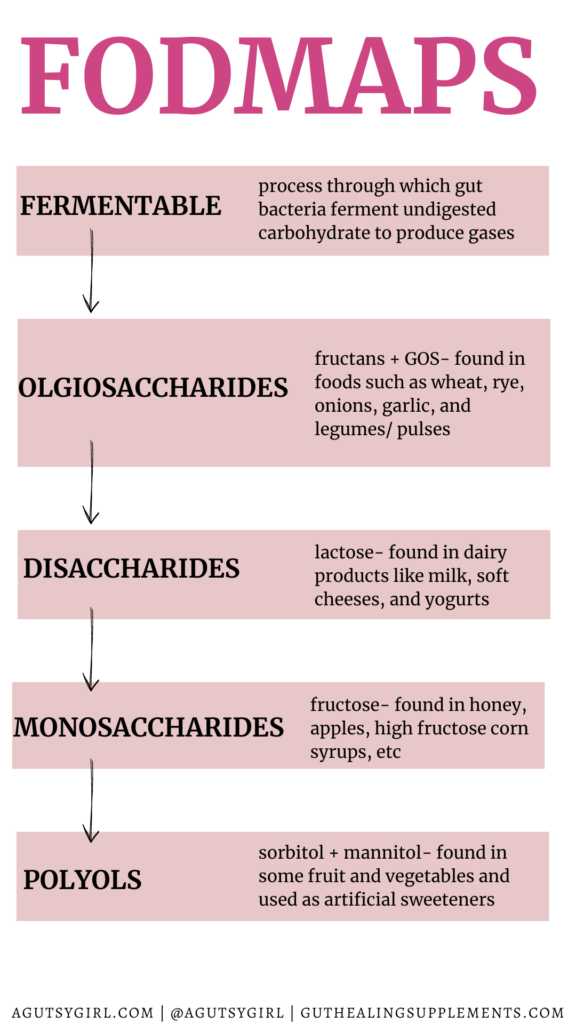
The problem with FODMAPs
….is that they are poorly absorbed in the small intestine, which causes discomfort and many other issues for the Gutsy girl (diarrhea, gas, bloating).
There is some great information via Stanford on FODMAPs and low FODMAP foods HERE.
Without-a-doubt, FODMAPs could be a huge part of your gut issues.
Take a closer look, and address them immediately if you feel they are prohibiting your further gut healing.
You can MEASURE YOUR BREATH to know if they are affecting you with the FoodMarble AIRE device. I have this, and used it a lot wayyyyy back in the day when I was having far too many symptoms.
The low-FODMAP diet is simply a way of eating whereas one reduces and/or completely eliminates high-FODMAP foods as a dietary strategy for ongoing GI issues.
But make no mistake about it — despite what some will try to tell you, it’s not a diet that should be done for a long time.
And furthermore, there are pros and cons for following a low-FODMAP diet with low-FODMAP foods.
I have an entire article dedicated to a printable FODMAP food list for you to check out.
Why Would I Consider a Low FODMAP Diet?
In recent years, the low FODMAP diet has picked up quite a bit of steam.
While there are definitely potential health benefits, most people who consider doing a low FODMAP diet have been diagnosed with SIBO and/or IBS, or are simply dealing with a plethora of IBS symptoms.
For me personally, these were my main SIBO symptoms:
- GI symptoms like bloating, gas, diarrhea, and constipation
- undigested food in stool
- pain
- B12 deficiency
- rashes
- fatigue
- food sensitivities
- dark circles around eyes
- hypersensitivity
- headaches
- acne and perioral dermatitis
- overall rotten, stinky gut
- punch in the stomach feeling and abdominal pain in general
Many people will choose to follow a low FODMAP diet if they are having outstanding irritable bowel syndrome symptoms and gut health problems and symptoms like: bloating, gas, diarrhea, constipation and/or an alternating combination of them all.
The low FODMAP diet can help with symptom relief and aiding in digestive discomfort release.
What exactly is Acai?
Acai (pronounced ah-sigh-ee) is a “berry,” but technically a drupe (a fruit with thin skin and a central stone containing the seed).
They grow on acai palm trees in the rainforests of Central and South America.
When you make an acai bowl, you’ll notice the deep purple color.
This is because in order to make them edible, these berries are soaked to soften the tough outer skin then mashed (which forms that deep purple color).
The acai berry is an earthy one, but as Healthline points out,
often described as a cross between blackberries and unsweetened chocolate.
If you want my honest opinion, I think they became so popular for aesthetic reasons and Tik Tok + Instagram making them the sensation they became.
I guess that’s neither here nor there.
What is an Acai Bowl?
When I think of an acai bowl, I simply think of a general smoothie bowl which includes acai.
And I’ve created so many of these smoothie bowls over the years.
Honestly, it’s not that unique.
This being said, an açaí bowl includes a smoothie-like mixture of frozen açaí puree along with other ingredients, then blended and topped with various fruits, nuts, and other mix-ins.
In America, one of the reasons the acai bowl is popular is due to the fact that fresh acai berries have a short shelf life, and thus, as an export, are sold as a frozen fruit puree, dried powder or pressed juice.
Anyways, to make an acai bowl, simply use a packet of frozen acai as either your only, or in conjunction with, any of the other smoothie base ingredients I’ve outline.
And then, the only thing left to do is to add all the toppings desired – honestly, the options and combinations are endless.
Is Acai Low FODMAP?
Click HERE to save this article on ‘is acai low FODMAP’ for later.
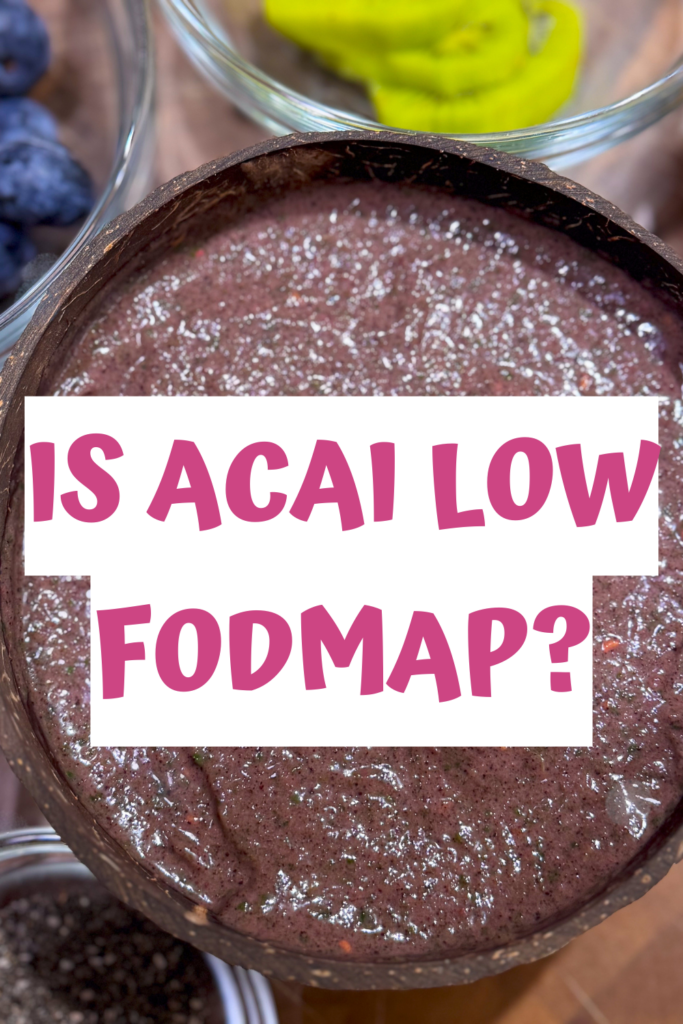
The ultra short answer is that no, it’s not low FODMAP.
And here’s where making an acai bowl can get tricky for the low-FODMAP’ers.
Most of the time, people will create an acai bowl using something like the Sambazon Blended Frozen Acai packets.
These will typically have anywhere from 100 – 200g of acai.
According to the Monash University FODMAP App – the Monash app, acai is only low-FODMAP at 1 Tablespoon per meal (20g). ((Make note: Monash also has an Acai recipe that uses 40g of acai powder (2 Tbsp) and they say that is still low FODMAP)).
In other words, somewhere between 20 – 40g max.
Therefore, in order to make an acai bowl low FODMAP, you’d definitely need to do it more of a DIY way.
But no worries.
I’m going to do it for you today!
Low FODMAP Acai Bowl Recipe [for one]
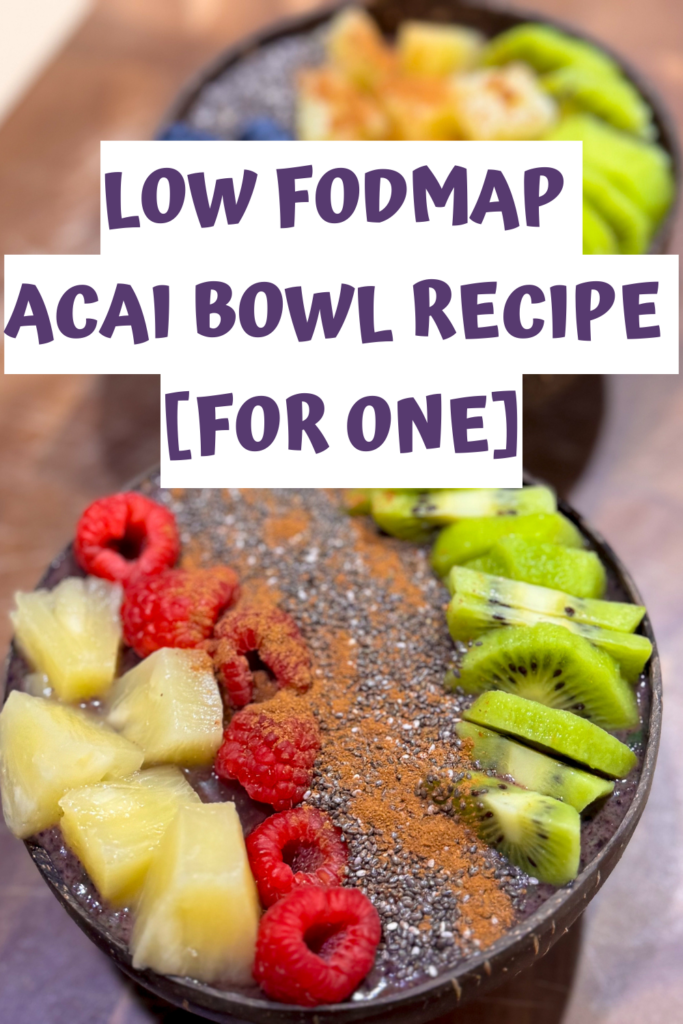
First, in order to make this, you’ll need to purchase a high-quality acai powder.
For this recipe, I purchased the Terrasoul Superfoods Organic Acai Berry Powder right off of Amazon.
This acai powder contains only organic freeze-dried acai powder.
1.5 teaspoons = 3g of acai
In other words, when I use 1 Tbsp of it for my low FODMAP acai bowl, it will contain 6g of acai, meaning it stays off the high FODMAP foods list.
By the way, the other HUGE reason to just choose the powder is because that’s the only ingredient it contains.
The Sambazon frozen puree contains other ingredients like: sunflower lecithin and citric acid. I’m not saying there’s anything wrong with this, but if you’re using my gut healing journaling system and paying attention to ingredients vs ingredient(s) then you’ll understand why this is a win.
Base Ingredients for Your Low FODMAP Acai Bowl
Remember, the base of the acai bowl is your main component. And it has to be thick and creamy to give it the bowl-like structure.
So clearly you can’t just take the acai powder, combine it with water and call it good.
We’re going to use it and combine it with other low FODMAP fruits in order to keep the overall FODMAP content of our Acai bowl low.
Here are the ingredients needed:
- 1 Tbsp acai powder
- 1 medium, common + firm banana (frozen)
- 1/2 cup blueberries OR 1/3 cup raspberries (frozen)
- 1 cup spinach OR 1/2 cup kale (frozen)
- 1/2 cup liquid (choose filtered water, almond milk – up to 1 cup, walnut milk – up to 1 cup, or coconut milk (canned without inulin) – up to 1/4 cup) (I have a spreadsheet for the Healthiest Plant Based Milks, too)
- 1.5 Tbsp maple syrup
Notes:
- While there are other low FODMAP fruits and vegetables, these were chosen so we can maintain the deep purple color of the acai.
- Pay attention, ALWAYS, to the plant-based milks you choose. Read Which Milk to Choose?
- For THIS low FODMAP acai bowl, I added a scoop of collagen powder. Why? Because it’s low FODMAP, makes the base even thicker, is one of my favorite (plain) forms of protein powder, and is a great way to add in peptides. You don’t have to use it.
- All images below come from my SIBO book, Reasonable SIBO.
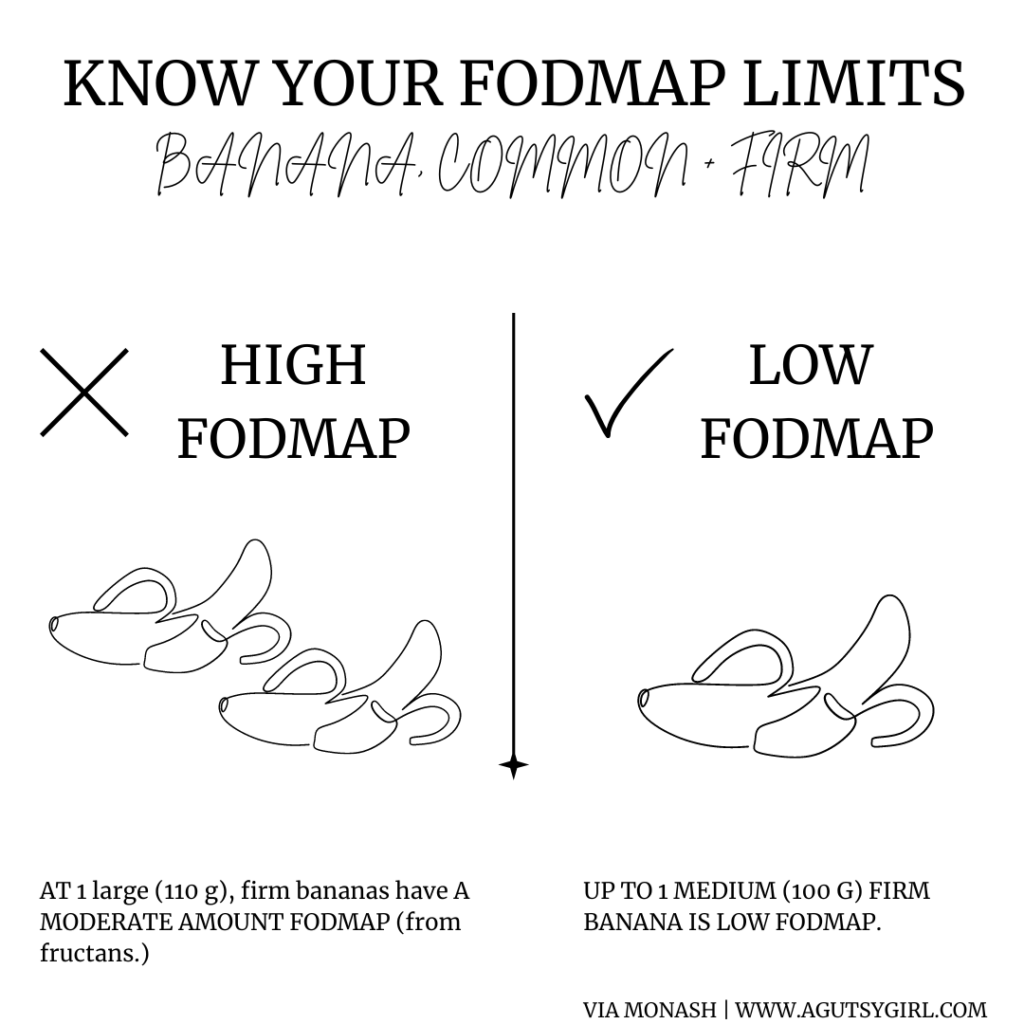
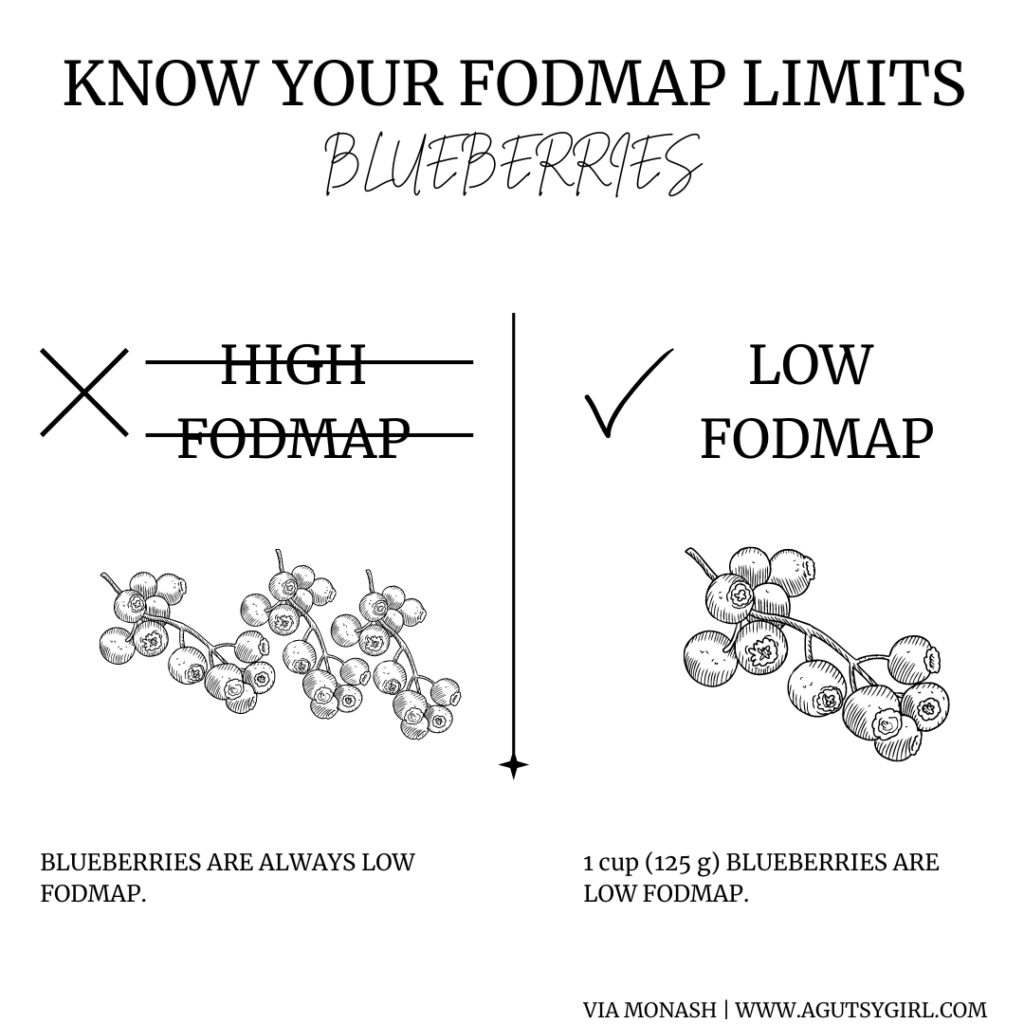
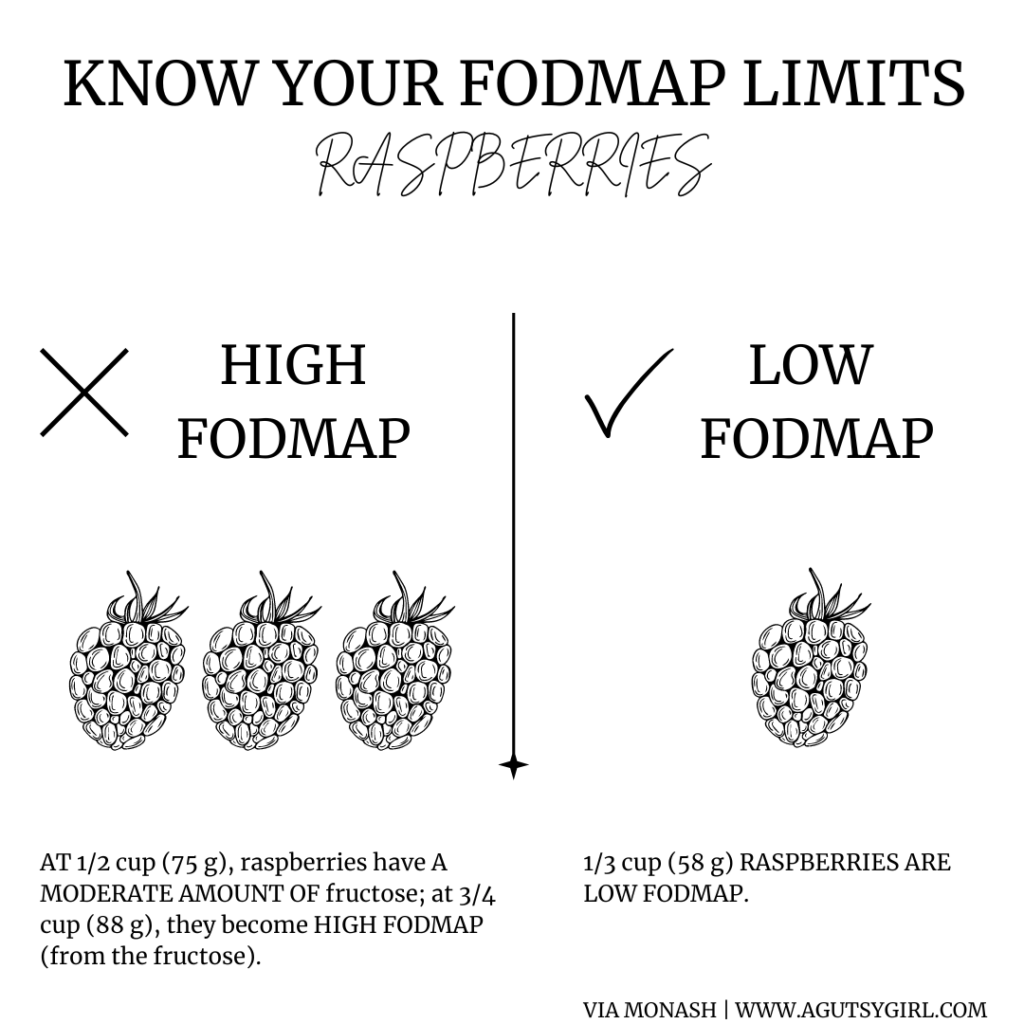

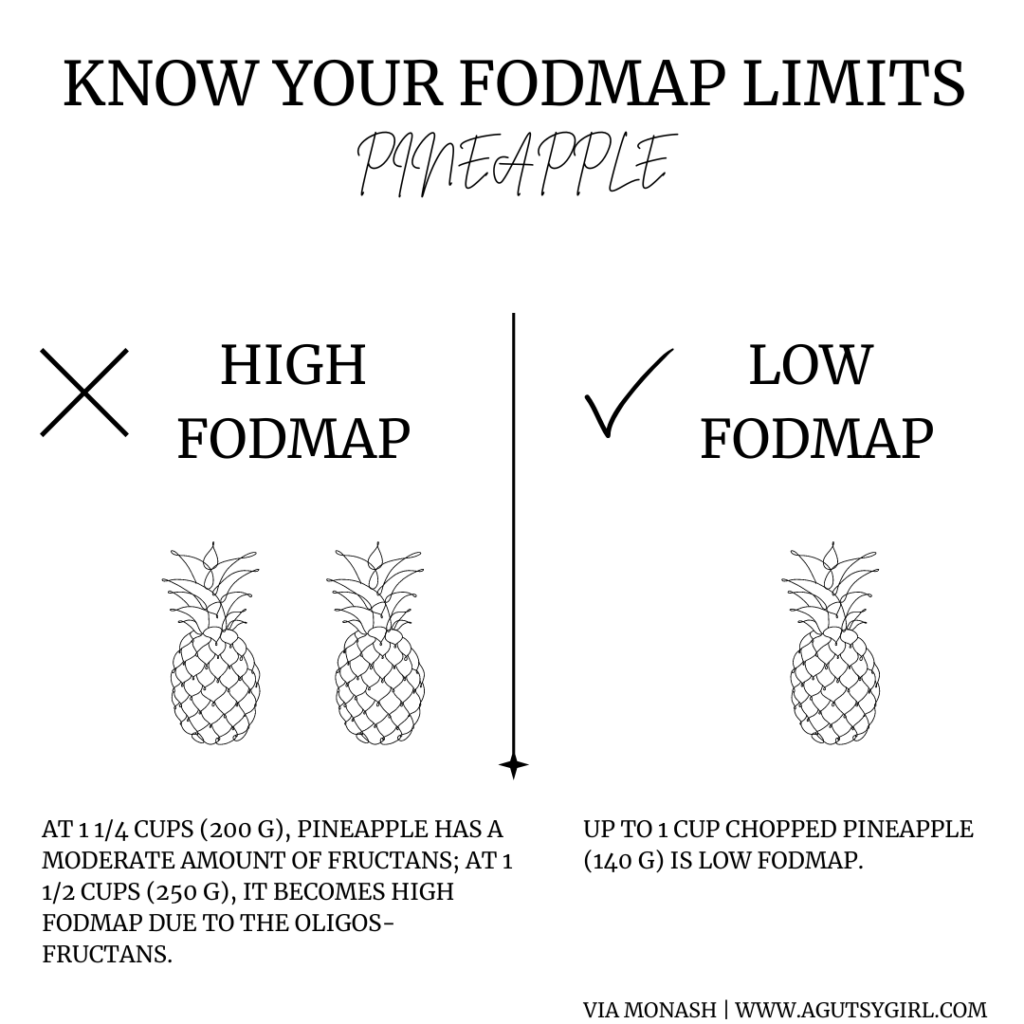
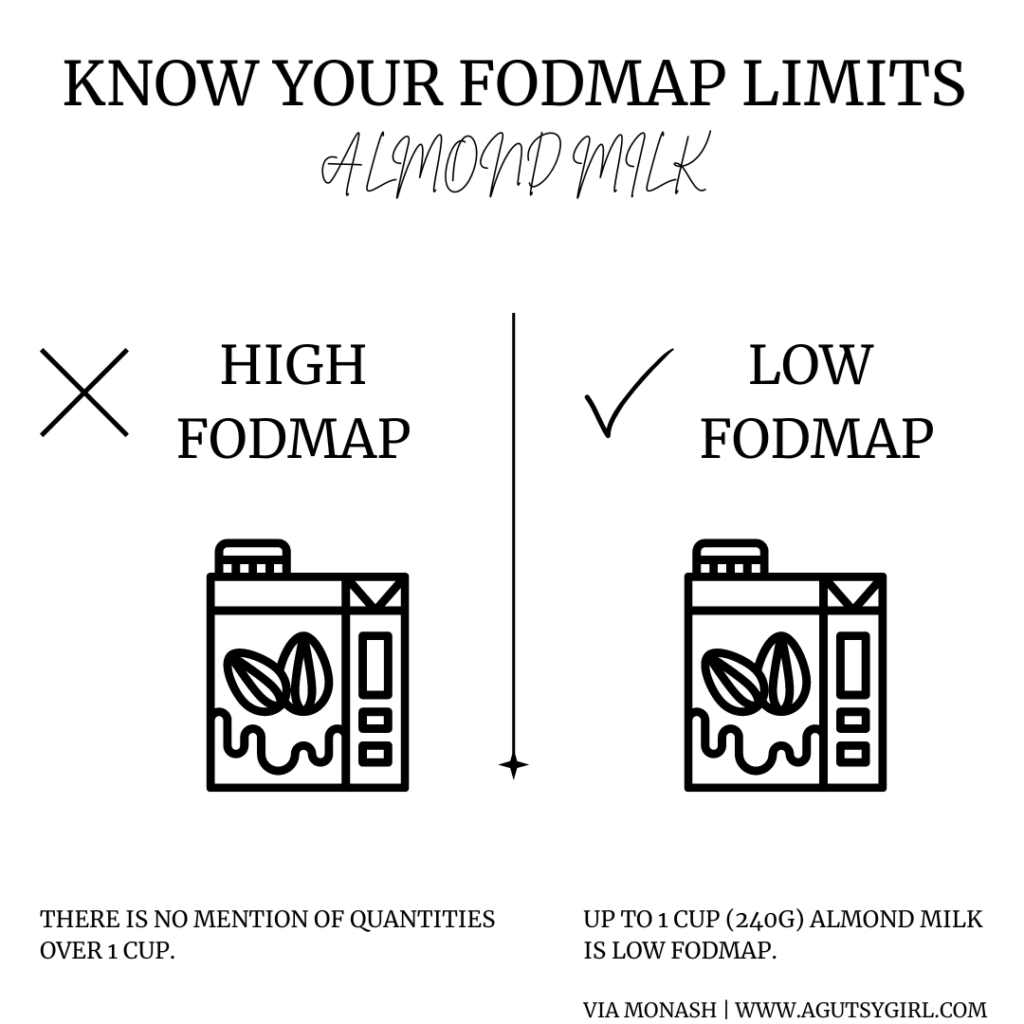
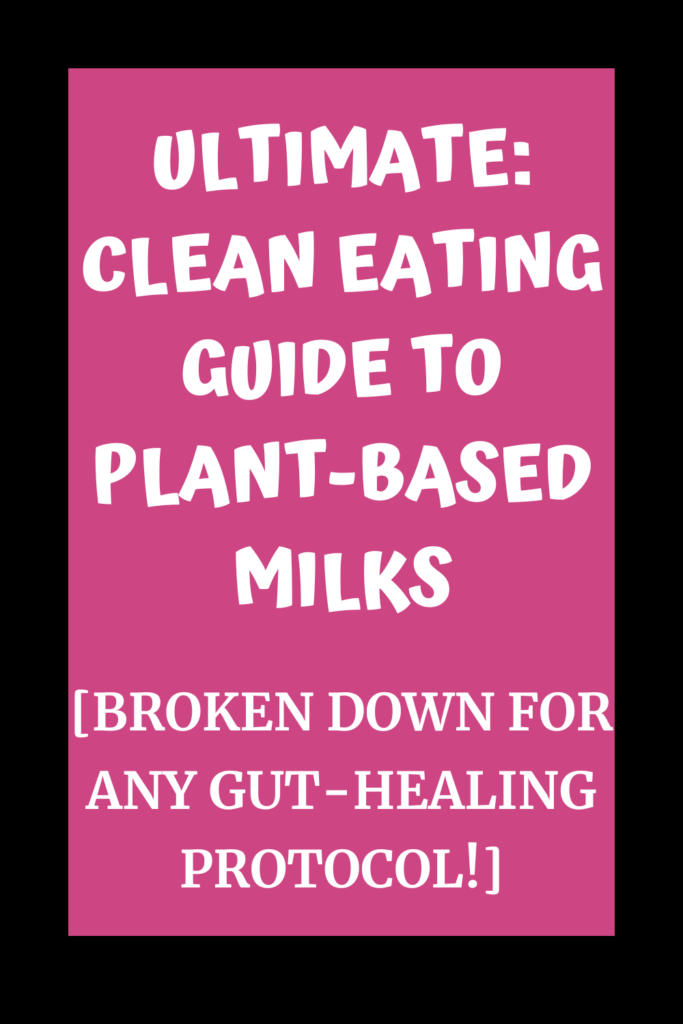
Topping Ingredients for the Low FODMAP Acai Bowl
For this particular low-FODMAP acai bowl, here is what I used:
- 1/2 Tbsp chia seeds
- 1/2 cup pineapple chunks
- 1/2 kiwi fruit, sliced (this equals about 1)
- 1/2 cup blueberries (since I used 1/3 cup raspberries in the base)
- sprinkle with cinnamon
I would have used hemp seeds, but I didn’t have any on hand 🙂
Also, I made one of these bowls using frozen blueberries in the base, and the other one using frozen raspberries. The only difference is color preference + then I’d swap the fruit I used on top.
Here is the difference in color. It’s not much, but I personally prefer the blueberries. You do whatever you want.

You can use your own toppings of choice (and you can see a list of low FODMAP toppings).
Why so many different ingredients?
Two reasons:
- Because it makes the bowl look even better, but more important than that is….
- EVEN IF you’re following a low FODMAP diet, I believe that a variety of foods is key for the gut microbiome
How to Make Your Low-FODMAP Acai Bowl [for one serving size]
- Place acai powder + banana + raspberries + spinach + liquid + maple syrup in a blender and blend slowly (aka on low) until you reach desired consistency.
- Pour into a bowl, and top with the chia seeds, pineapple, kiwi, blueberries, and cinnamon
Yes, it’s that easy to make an acai bowl with delicious taste, but without high FODMAP ingredients.
BTW – this recipe is also: dairy-free, gluten-free, egg-free, soy-free, and Paleo.
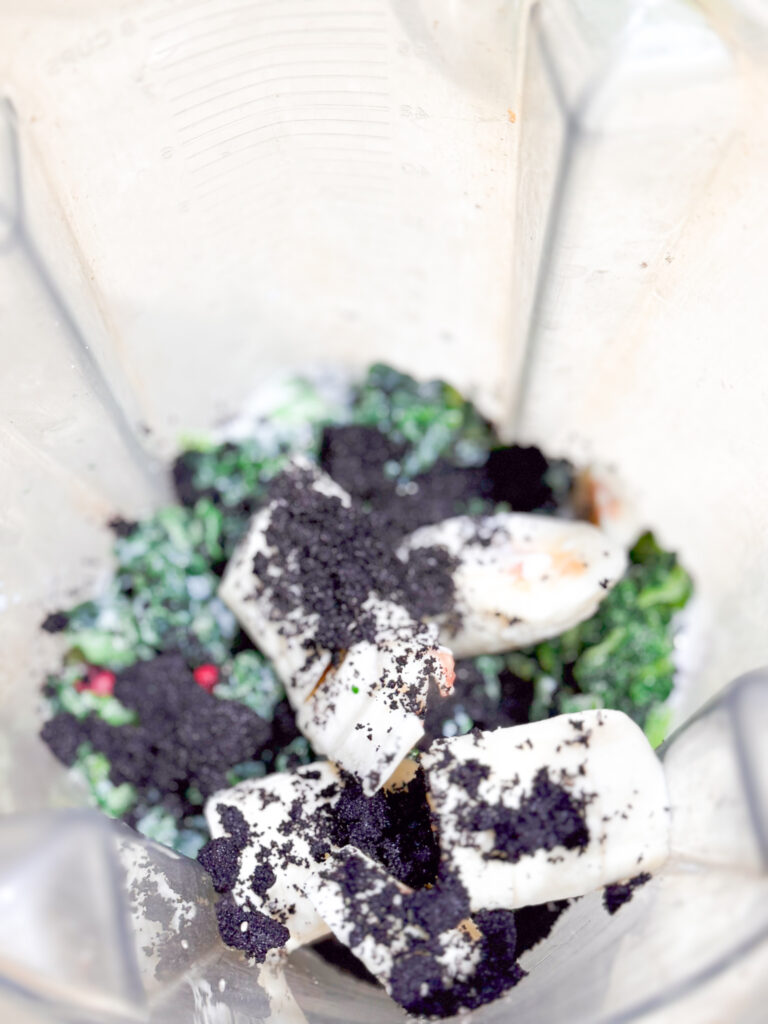
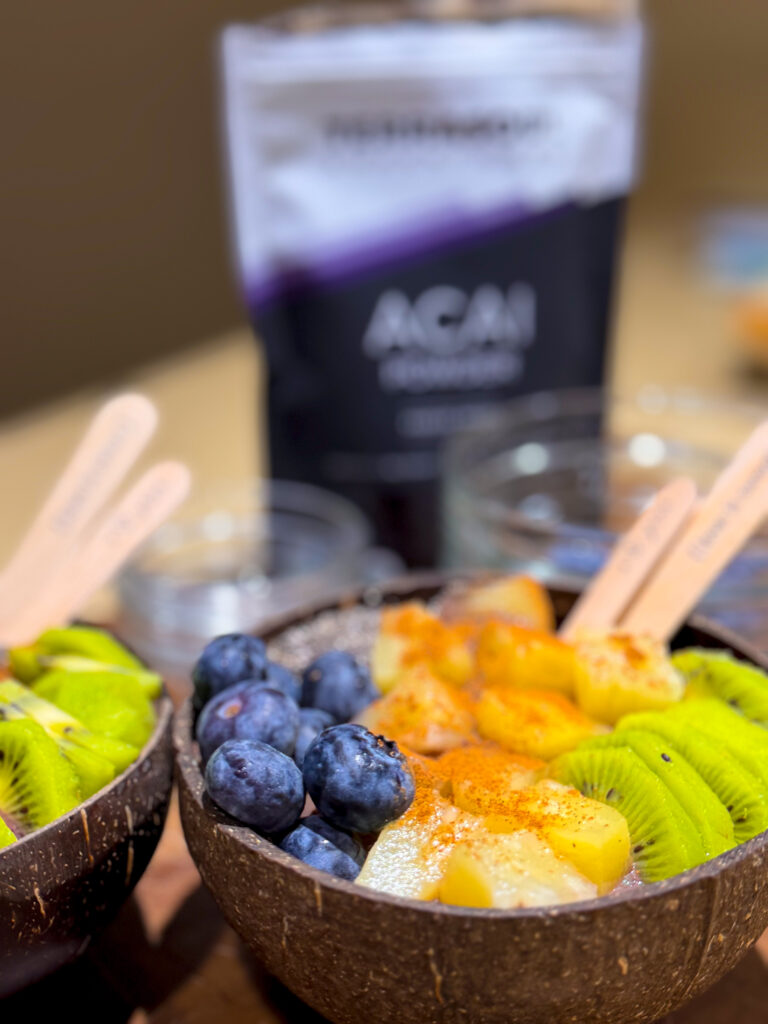
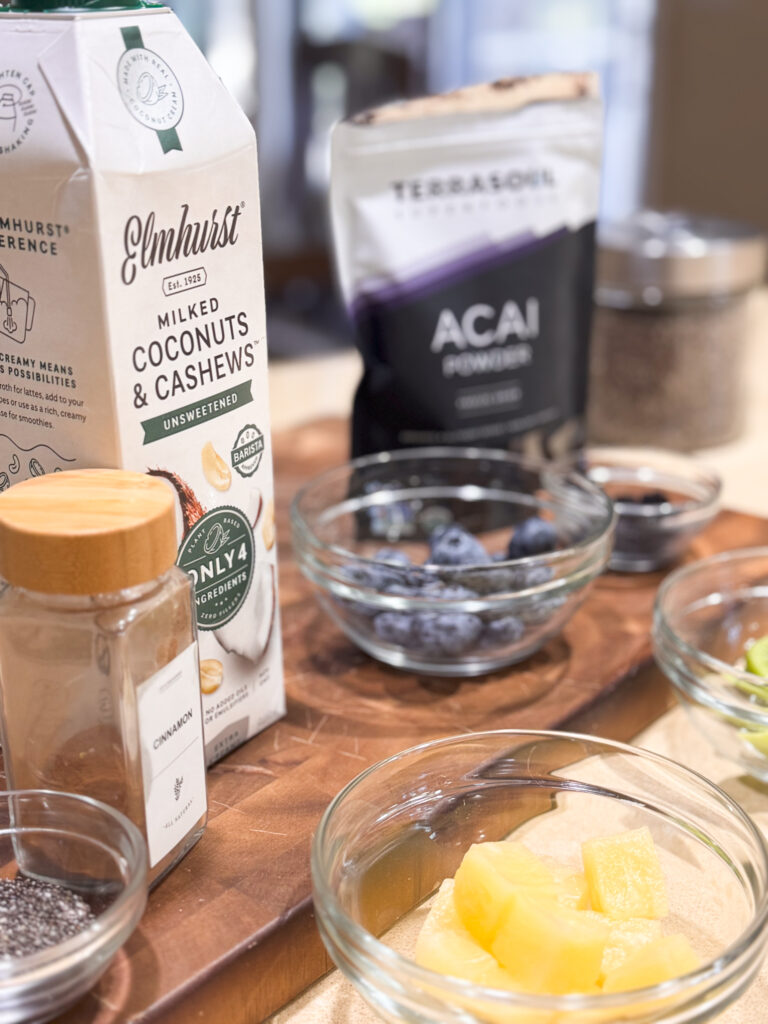



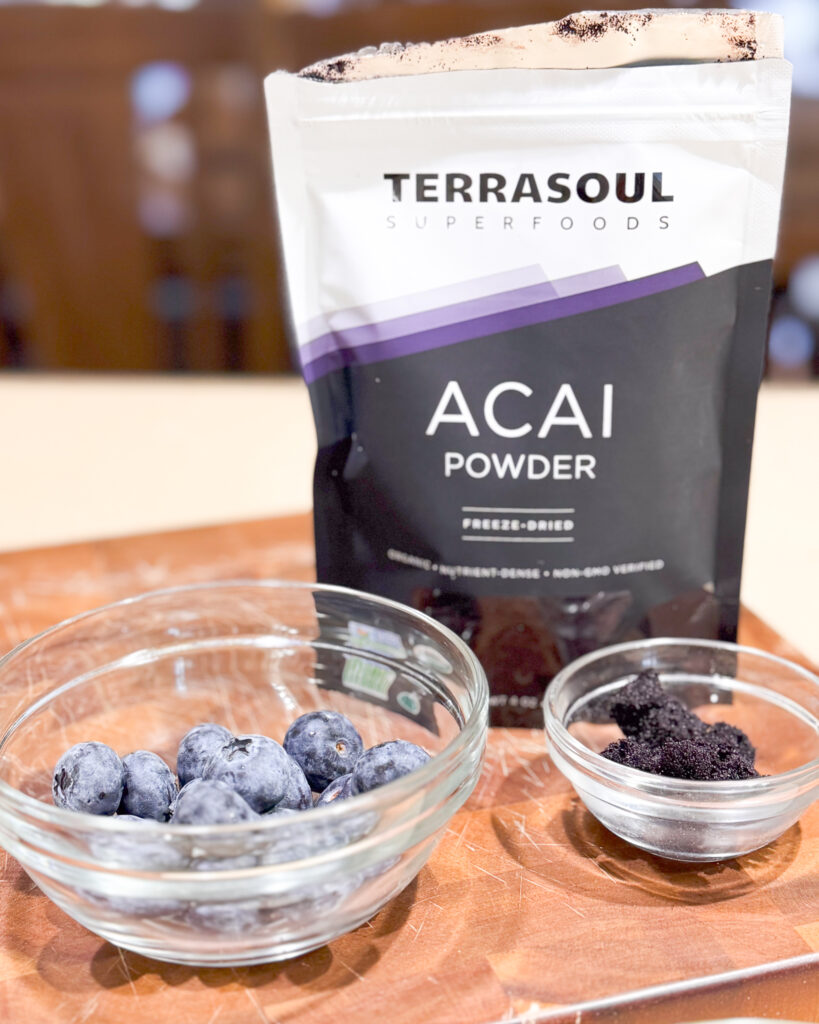
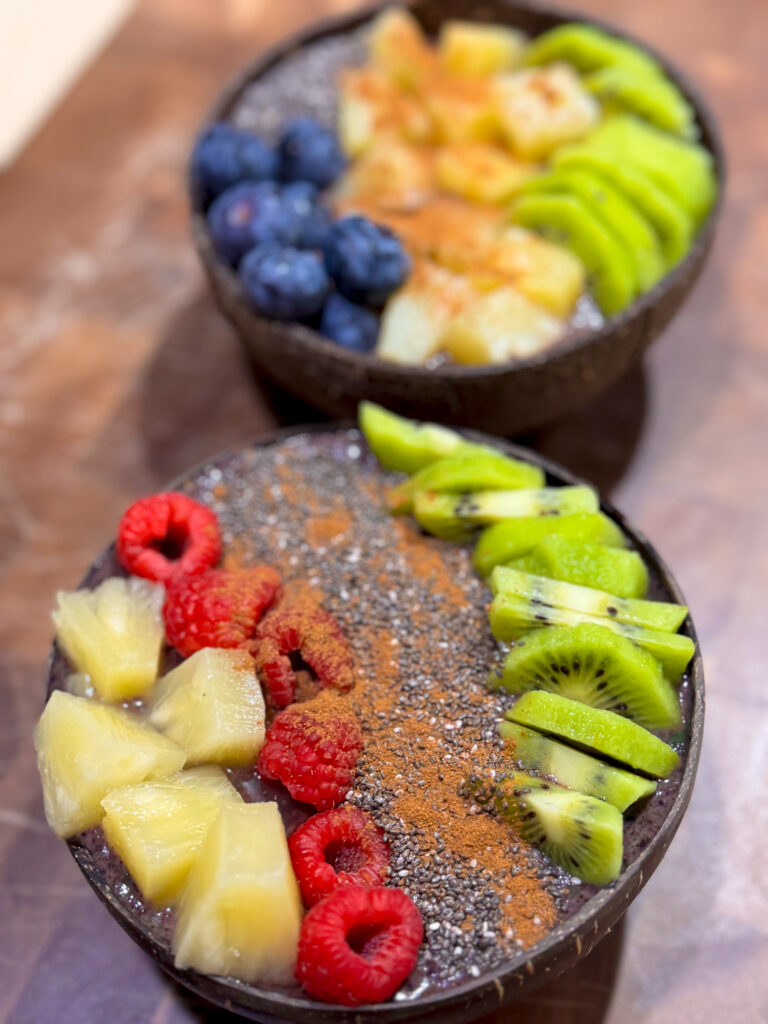
p.s. One secret to any success with recipes is the “child test.” Give the child the recipe, and wait for the reaction. If they love it, you’re golden. Isaiah loved it!
If you liked this article on is acai low FODMAP, you might also enjoy:
And if you’re interested in my FULL 21-Day Quick Gut Detox to help reduce bloat + weight without the overwhelm, I’m invited you to join us.
21 days. Lifetime access. No skimping on meals.
The tools you need to live your best life, increasing overall health, in your 30’s, 40’s, 50’s and beyond.
Xox,
SKH
🤰 bloating be gone! weight loss through optimal gut health for women
💃ʜᴇᴀʟ ʏᴏᴜʀ ɢᴜᴛ. ʜᴇᴀʟ ʏᴏᴜʀ ʟɪfe.
🫶🏻 founder gutbyome.com

